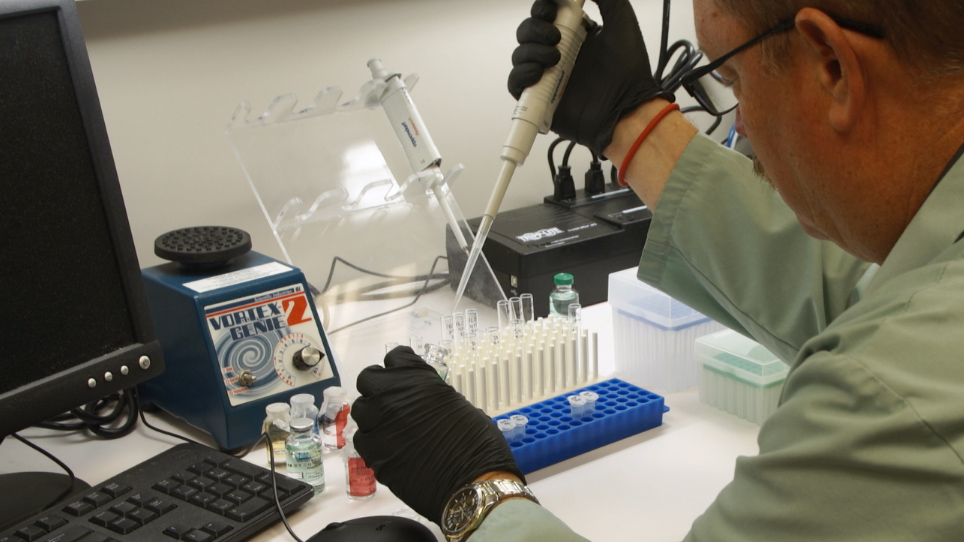/
/
Production of Chemicals by Klebsiella pneumoniae Using Bamboo Hydrolysate as Feedstock
A subscription to JoVE is required to view this content. Sign in or start your free trial.
JoVE Journal
Bioengineering
Production of Chemicals by Klebsiella pneumoniae Using Bamboo Hydrolysate as Feedstock
1Lab of Biorefinery, Shanghai Advanced Research Institute,Chinese Academy of Sciences, 2University of Chinese Academy of Sciences, 3Biorefinery Research Center, Jeonbuk Branch Institute,Korea Research Institute of Bioscience & Biotechnology (KRIBB), 4School of Life Science and Technology,ShanghaiTech University
Chapters
- 00:05Title
- 00:52Preparation of Bamboo Hydrolysate
- 02:49Chemical Production by Klebsiella pneumoniae Using Bamboo Hydrolysate
- 04:52Results: Chemical Production by Klebsiella pneumoniae Using Bamboo Hydrolysate
- 06:43Conclusion
Bamboo powder was pretreated with NaOH and enzymatically hydrolyzed. The hydrolysate of bamboo was used as the feedstock for 2,3-butanediol, R-acetoin, 2-ketogluconic acid, and xylonic acid production by Klebsiella pneumoniae.










